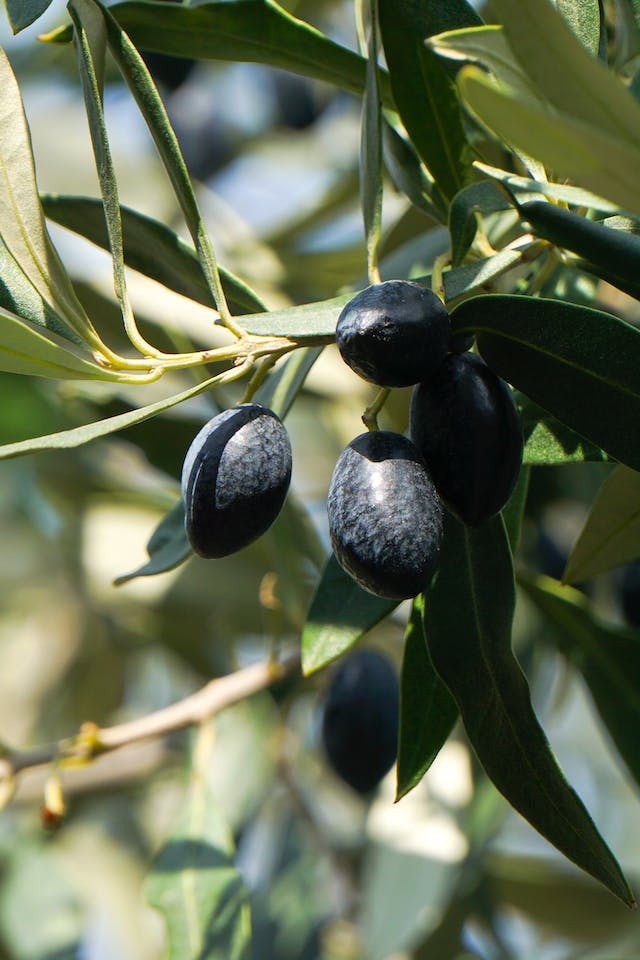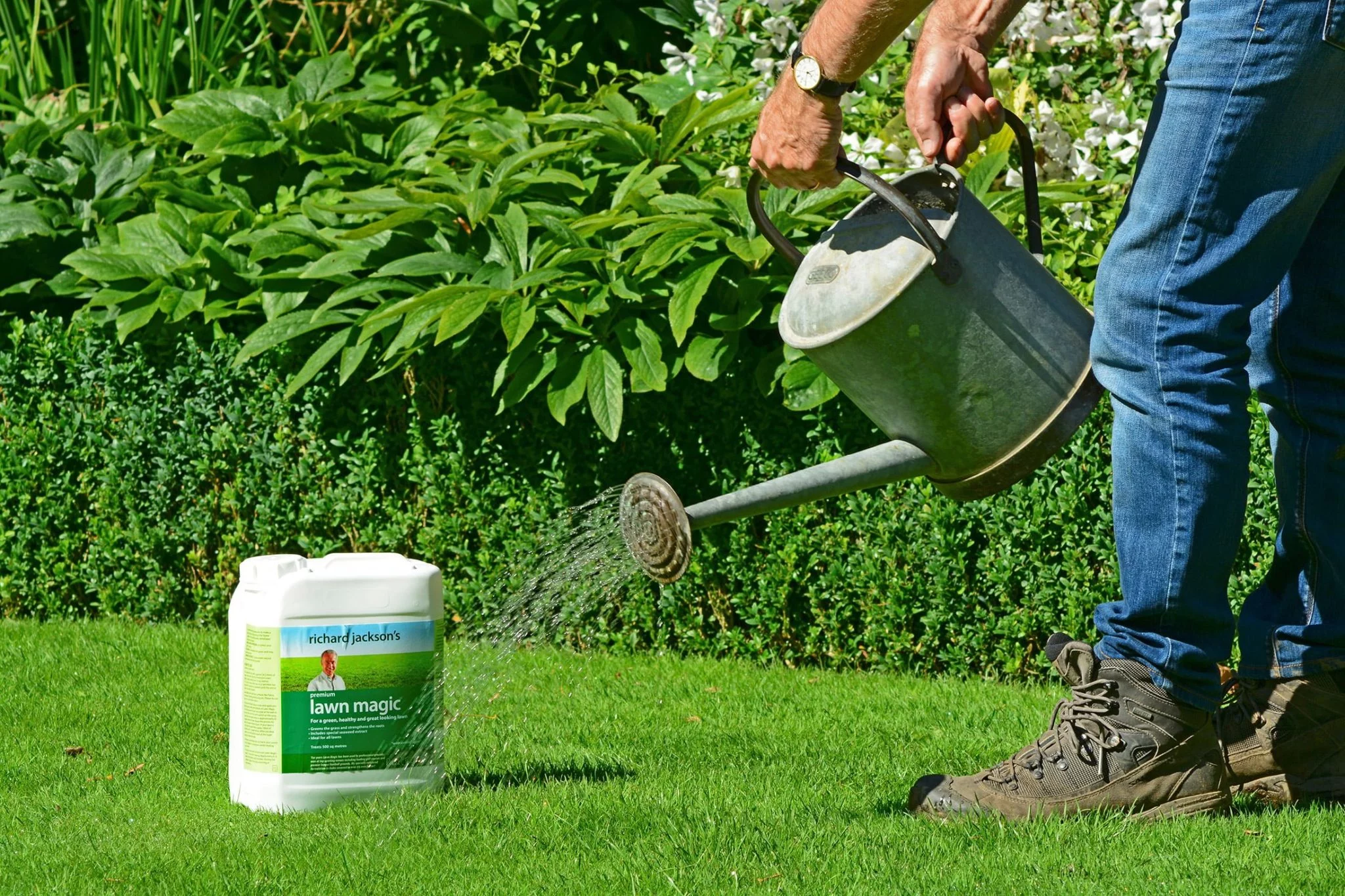If you’re looking to start a gardening project on your own, you may be wondering what tools you need to get started. There are several options to choose from, including rakes, pruning saws, hand forks, and trowels. These garden tools can help you prepare a site, prune your plants, and weed out a bed.
Hand fork and trowel
Hand forks and trowels are tools for the garden that are useful for a variety of tasks. They are great for transplanting, weeding, and mixing additives into the soil.
Garden forks and trowels are available in a number of different sizes, shapes, and materials. Some are made with curved blades, while others are more rectangular. In general, the size of the fork is dependent on the task at hand. The width is also a personal preference.
For example, the Kent and Stowe Capability hand trowel is a durable tool that can be used for a wide variety of jobs. It has a tempered carbon-steel head, serrated edges for cutting, and a sharp, pointed tip.
It also features a hammer for stakes, and is perfect for light cultivation. Among other things, it can be used to break up heavy soil. Designed to last a lifetime, this hand tool is built with premium quality materials and expertly turned handles.
Rake
The rake is a term used in historical romance novels. It can be a fictional character, an actual historical figure, or an apt description of a specific type of woman. This character is often humorous, smart, charming, and most importantly, clever.
Although the rake is not always a villain, it is usually a scoundrel. Rakes are usually handsome, smart, and often charming. They can be very attractive to women of all sizes and shapes. However, rakes can also be a little dangerous.
The rake is a common trope in historical romance novels. One example is the rake of Bridgerton. In this period drama, two siblings attempt to live up to family expectations. While they succeed in some cases, in others, they fail miserably.
Several notable titles have featured rakes as heroes. Examples include Prince Harry and Bradley Cooper.
Pruning saw
A pruning saw is an essential tool for gardening. They come in different designs and can be used on a wide variety of branches and wood types. Choosing the right one is important. You will want to select the best model for your needs.
Some of the things you will need to consider are the size and durability of the saw, the blade, the safety features, and the overall design. It is also wise to consider the warranty period. The warranty is important to ensure that you are able to get the most out of your pruning saw.
Depending on the size and style you choose, you can find a pruning saw that fits in your tote or tool bag. If you want a tool that’s lightweight and easy to carry, a folding saw might be a good choice.
Shears
Pruning shears are the essential garden tool. These are used to cut plants, trees and shrubs. They come in different shapes, sizes and materials. You should get the ones that best suit your needs.
There are many types of pruning shears on the market. Most have an ergonomic design. Some are ambidextrous, so you can use them with both hands. A good pair of shears will be easy to clean, and they’ll last a long time.
For those of you who like to garden outdoors, you’ll want a pair of shears with a strong grip. Some models are designed with rubberized handles, which make them more comfortable to hold and more resistant to breaking.
A great pair of shears will also allow you to get a nice clean cut. The best models have sharp blades. Sharp blades are the best way to cut through tough woody stems.
Gloves
If you’re working in the garden or potting on plants, it’s essential to wear gloves. They offer protection from sharp objects, chemicals, and thorns. Plus, wearing them keeps your hands free from bacterial and fungal infections.
You can choose from a variety of materials for your gardening gloves. Some are made of cotton or leather, and others from synthetic fibers. It’s important to select a pair that’s both flexible and waterproof.
Rubber gloves are popular. These tend to be inexpensive and work well in both wet and dry environments. Leather gloves are great for protecting the forearms, though they can be difficult to clean. Cotton is often a budget option, but it’s not as resistant to cuts as other types.
A pair of waterproof gloves may be a good choice if you’re planting seeds or transplanting seedlings. Alternatively, you can go for leather gardening gloves. However, these can become uncomfortable after being wet for a long time.




